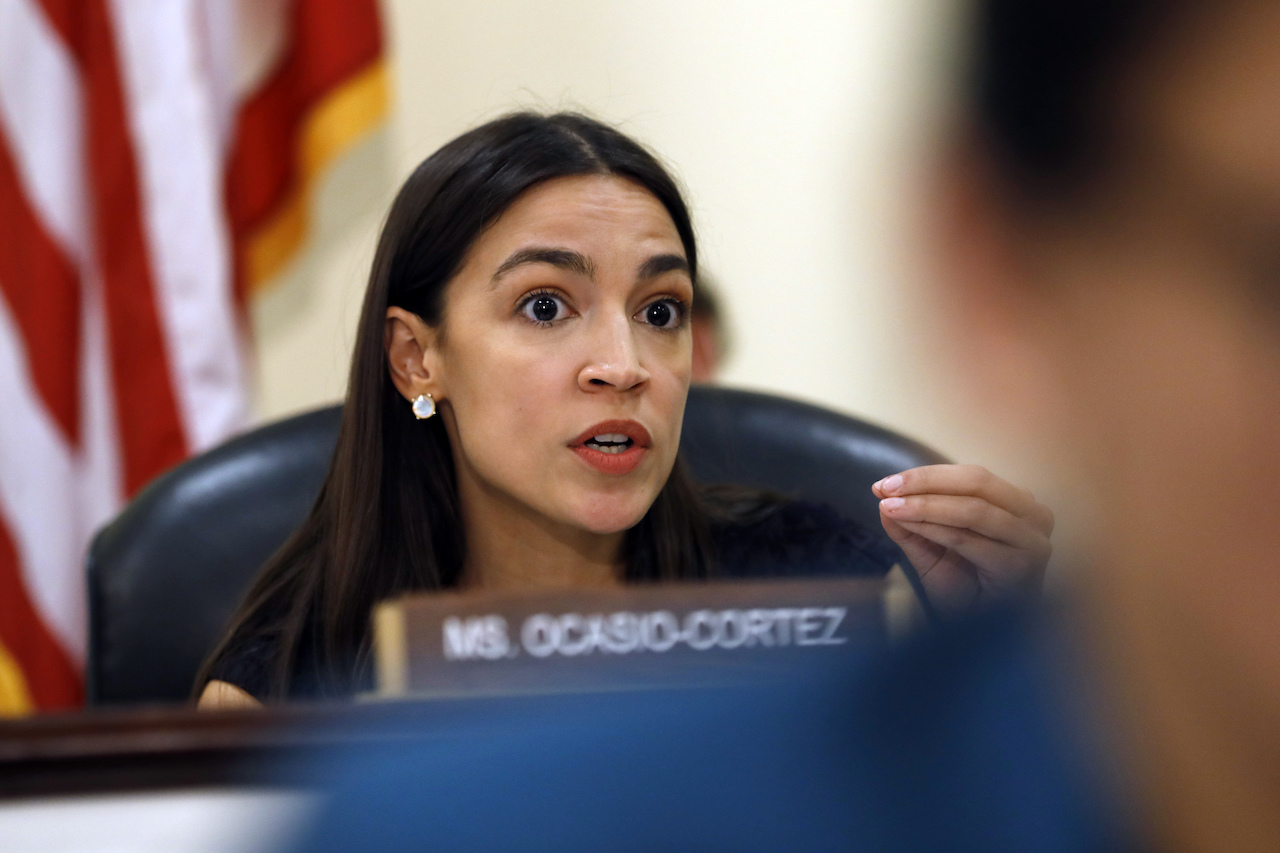- Economists and leaders on both sides of the aisle are debating if the Phillips curve, a theory which says that unemployment and inflation have an inverse relationship, applies to the US economy.
- When questioned by Rep. Alexandria Ocasio-Cortez, Federal Reserve Chairman Jerome Powell said at a congressional hearing that estimates of the lowest sustainable unemployment rate have been too high.
- Larry Kudlow, the top economic advisor to President Trump, has also ditched the Phillips curve.
- Read more on Markets Insider.
Both liberals and conservatives are questioning just how important the relationship between inflation and unemployment actually is, and what it could mean for monetary policy moving forward.
On Thursday, Larry Kudlow, President Donald Trump’s top economic advisor, told Fox News he gives Alexandria Ocasio-Cortez “high marks” for her questions on the issue to Federal Reserve Chairman Jerome Powell.
During a congressional hearing Wednesday, Rep. Alexandria Ocasio-Cortez, the New York Democrat, presented Powell with a line of questions about the Phillips curve, a theory which says that unemployment and inflation have an inverse relationship. She asked the Fed chair if it is possible that its estimates of the lowest sustainable unemployment rate may be too high.
Powell’s response? “Absolutely,” he said. “We’ve learned it’s substantially lower than we thought.”
Powell also said that the Phillips curve is indeed becoming less important, as it simply doesn't represent the current US economy.
Others have ditched the Phillips curve, notably Larry Kudlow, the top economic advisor to President Donald Trump. He's long argued that more people working in the US and faster economic growth does not cause inflation. It's a stance he's reiterated many times, most recently in an interview with CNBC's Kelly Evans when he said "the so-called Phillips curve has been dead for a long time."
The Federal Reserve has two mandates: to keep unemployment low and inflation stable. Thus, keeping the Phillips curve in mind has been important as the Fed wants to keep both inflation in check and have low unemployment, a difficult task if the two run against each other.
But that's changed as of late. The unemployment rate - currently at 3.7% - has been sitting at historically low levels since 2018. During the same time frame, and as unemployment has ticked down, inflation has remained stubbornly low. It's consistently been below the Fed's 2% target, as wage grown has been slow.
Low inflation coupled with low unemployment has called into question just how aggressive the Fed could be with its monetary policies in the future, especially as it grapples with how to keep the current US economic expansion running after a record stretch of growth.
The Fed will likely slash interest rates at the July meeting, but by how much is unclear. It's also unclear if more rate cuts will follow or if the Fed will only issue one insurance cut.
There may soon be more support for discounting the Phillips curve on the board of the Federal Reserve - Trump's picks to join the board of governors, Judy Shelton and St. Louis Fed research director Christopher Waller, have both challenged the veracity of the Phillips curve, according to Bloomberg.
Shelton has also indicated that she's in favor of very dovish policy, stating "I would lower rates as fast, as efficiently, as expeditiously as possible" in an interview with the Washington Post. She also told Business Insider that she sees a gray area on the issue of the Fed's independence from the administration.

